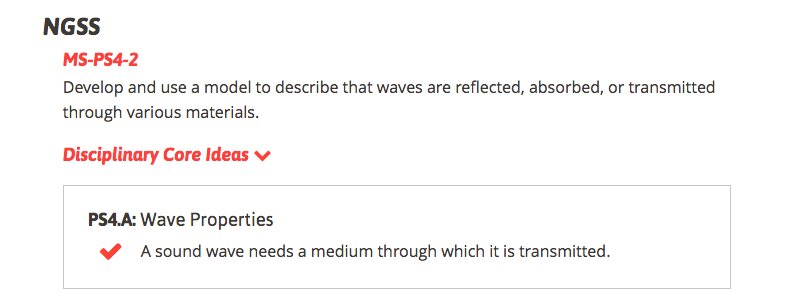Games are great tools to engage and inspire students, but in today’s standards-based educational system that’s not enough by itself. Educational games need to not only engage students, but also meet the needs of educators who are using them as instructional tools. To help educators feel confident that games are introducing, reinforcing, or evaluating classroom content, we’ve aligned all of our games and supplemental curriculum to Next Generation Science Standards and Common Core State Standards, but we realize that’s only a start.
Beyond these national standards, games sometimes need to be aligned to state-level standards and even district-wide curricular goals. For those curriculum specialist teams out there that normally means dedicating hours upon hours to research, gameplay, standards investigation, and curriculum alignment. We’ve worked with a variety of individuals to align our games to state-level standards – Minnesota and Texas to name a few – so we wanted to share some tips that may help you speed up your alignment process.
The first step is to take a look at the game’s learning objectives. To illustrate this process, let’s take a look at the learning objectives for Prisoner of Echo:
- Describe wave interactions including interference, reflection, refraction, and diffraction.
- Describe the characteristics and parts of sound waves.
- Explain the Doppler effect.
How do I find these learning objectives, you might be asking? We can’t speak for every developer, but ours are always located in the introduction of our standards-aligned curriculum. Once you have the learning objectives, you can compare those objectives with the standards you’re targeting. This may take some digging, but the results are worth it. You can see in the graphic below how we took the learning objective and paired it with the NGSS standard highlighted in red.

When we released our new fractions learning game, Diffission, we partnered with Madison-based educator Miranda Salguero to create standards-aligned, supplemental classroom activities.
Miranda routinely uses games in her classroom and shares each game’s standards and the learning objectives with her students.
“My goal is to ensure that students know what our objective is, why we are using a game to address it, and how it is helping us achieve the grade level standard we are working towards. By being transparent with students and making them aware of what and why we are learning, they become co-creators in their learning, as well as advocates for the kinds of teaching that will help them learn.” – Miranda Salguero, Filament Teacher Fellow
While it’s true that not all educational games are going to come with concrete learning objectives, that doesn’t mean you can’t successfully align the games to standards. It might take a little extra effort, but again, it’s well worth it in the end. For those of you who are looking at implementing a game-based learning program at a district or school level, I highly recommend reaching out to the company’s implementation specialist to see if they have already gone through the standards alignment process. Again, we can’t speak for everyone, but we’re more than happy to take on the standards-alignment process for our partners in the field.
PS – You can learn more from Miranda and other educators who are using games in the classroom by downloading our free How to Teach with Games eBook!